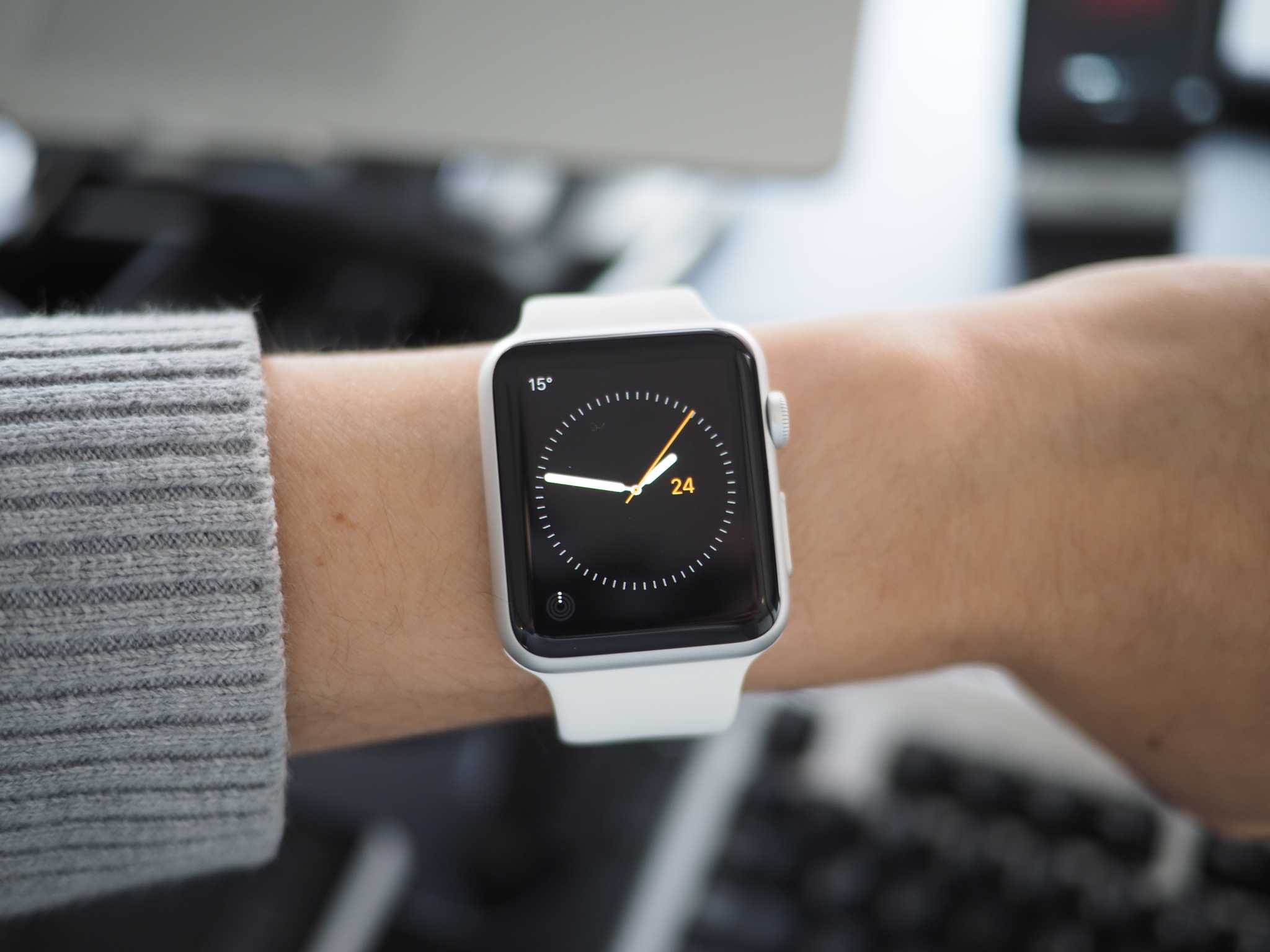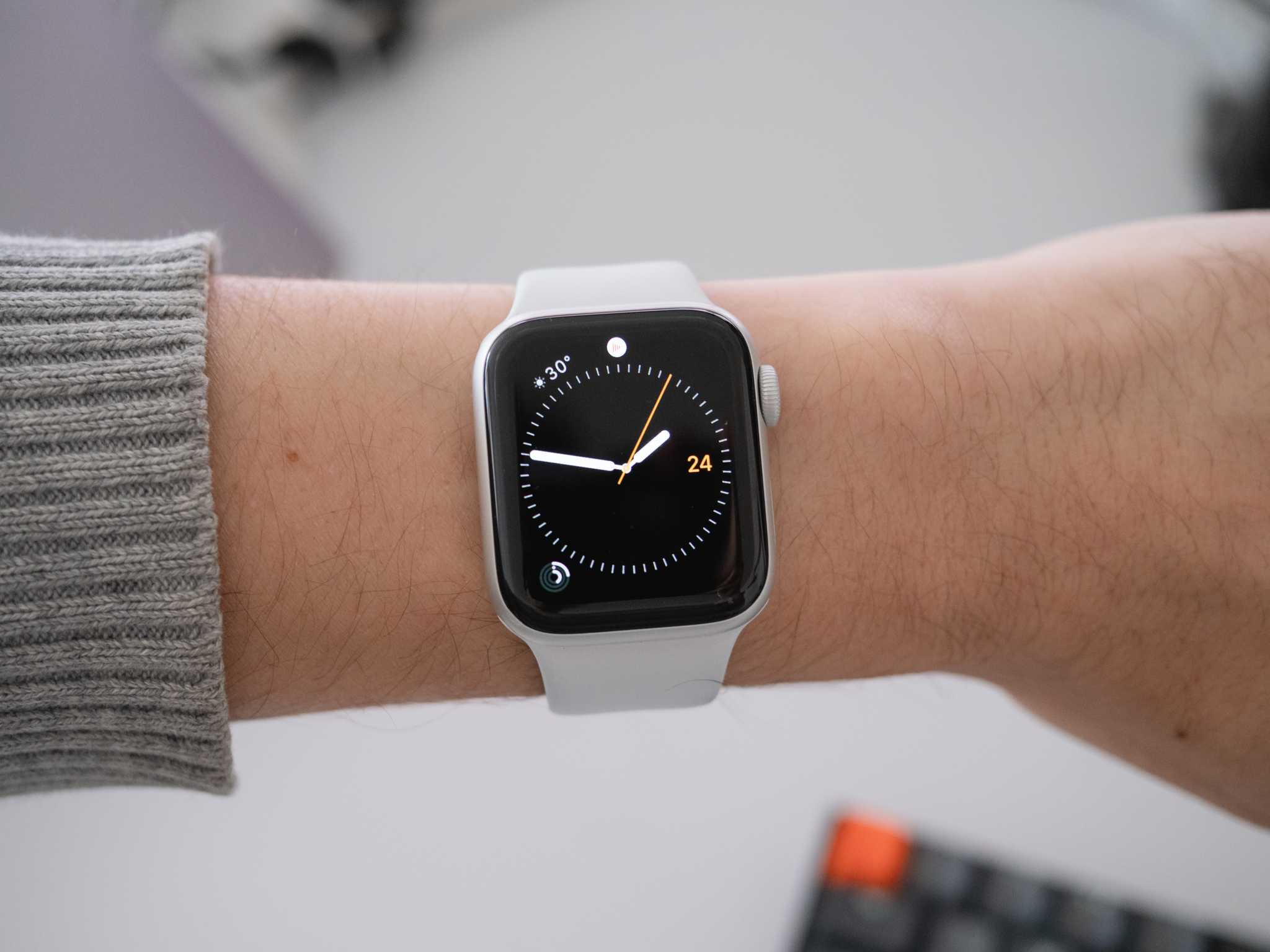Reflections on wearing an Apple Watch every day for six years
Six years ago Apple launched the Apple Watch.
A highly-anticipated, and important first product launch under Tim Cook, before its launch the Apple Watch was speculated by some pundits to be the “next big thing” after the iPhone.
Launching amid the hype and expectations of an Apple product following the success of iPhone and iPad was perhaps unfair. For, despite achieving success which any wearable device competitor would envy, some of the more lofty expectations—that it would become a platform for apps on a scale similar to that of the iPad or iPhone—has yet to materialise.
And yet—having worn an Apple Watch every day—I’d argue it doesn’t need to. Its unique appeal stems from the benefits it provides from cumulative, passive use. In fact, if I had to pick one consumer product with the single most positive impact on my life, I would pick Apple Watch.

The device I use the least, at least every day
The Apple Watch is a paradox to me.
I’ve dutifully worn it every day on my left wrist1, to where now my wrist feels naked without it.
Before launch, I eagerly anticipated the benefits—screening notifications, adjusting currently-playing music and podcasts on my iPhone, replying to messages and emails, and using third-party Apps, all on my wrist.
But in my long-term day-to-day experience, the time I spend actively using my Apple Watch—checking the time, weather, fielding notifications, tracking workouts—is probably under an hour scattered through the day.
So the paradox the Apple Watch presents is the benefit it provides even—and perhaps especially—while I am not actively using it.
For contrast, consider the most successful Apple product—the iPhone. It is difficult to overstate the profound impact it and other smartphones have had on our lives.
But not all of its impact has been positive.
Coinciding with the proliferation of smartphones and the explosion of apps has been the rise of increasingly user hostile business models; apps, websites, and social media where we’re the product and we pay with our attention.
It’s enough to make you yearn for the naïve days of the internet, where MySpace was cutting-edge. Tom never subverted our privacy or developed algorithmic timelines. But algorithims engineered to hook us are standard now—facilitating immeasurable negative impact on our individual and collective mental health—all in service of maximising engagement, for the benefit of a few businesses.
This isn’t supposed to devolve into a tirade about the modern internet and late capitalism, but many of us are beginning to sense that restricting the time we use apps and websites deliberately engineered to hold our attention has important positive impacts—I’ve certainly felt healthier and happier.
Of course you could argue a wearable device that, amongst other features, physically and audibly buzzes whenever you receive a notification, by its very nature is one of the most attention-demanding devices of all, and it certainly can be. Were you to use an Apple Watch out of the box with little adjustment, and it mirrored an iPhone with popular apps installed and their notifications enabled2, the Apple Watch could easily become the device that lures you back to your iPhone for your next doom-scroll.
Once you wrangle (turn off 90% of) notifications on the Apple Watch, its unique benefits emerge. With sufficiently-tuned notifications, the Apple Watch has helped me take a step back from my other devices without worrying I’ll miss anything important, and I haven’t had a ringtone or audible alert in six years.
But more importantly is the small, incremental behaviour change the Apple Watch has encouraged in me since I started wearing one.
Quantified selfie
In my early 20’s I began to take health and fitness seriously. The Apple Watch launched about 2 years into this endeavour at the age of 24. Now 30, I’m truly grateful for the role Apple Watch has played over the past six years in helping me maintain and improve my health and fitness.
The passive health and fitness information the Apple Watch tracks both provides a lot of insight, and a wealth of motivation. With anything you’re trying to improve or maintain, finding empirical data to track your progress both grounds a fuzzy sense of the situation into specific, trackable statistics, and provides feedback for future decisions and actions.
Of course without an Apple Watch you can track weight, body fat, and body composition. This is important information and should be tracked if you care to, but being the product of prior physical activity and diet, it provides delayed feedback, and little context for making decisions in the present—how active have I been today, compared to how active I usually am? Has today been an active day, or should I try to get a bit more exercise in?
Of all the things Apple nailed from the beginning, the Activity Rings is my favourite. Its simple design conveys key metrics of physical activity at a glance3, and importantly it compels me to close my rings each day by encouraging me to make choices to be more active. In an era where gamification is primarily used to extract money, I am delighted Apple has found a way to use gamification to compel me to be more physically active and healthy.
I do have skepticism about the accuracy of the data, but I can count on any innaccuracies to be consistent, and so what is key for me is not necessarily the absolute number, but the relative trend—how does my last week of physical activity compare with my average?
The passive accumulation of data—whether it be daily physical activity, your resting heart rate over time, or hours slept—provides rich, quantifiable, and actionable data that is insightful and encouraging.
Showing up every day
The Apple Watch embodies the cumulative change that can occur from making small improvements day by day. Most of its core features occur passively—measuring my heart rate and physical activity—without active interaction4. Automating the tracking of metrics helps you measure without additional effort, so you can focus on taking action and improving.
For instance, if I wanted to keep an eye on my cardiovascular health, I could buy a dedicated heartrate monitor. But each reading is adhoc, requires active use, and needs to be manually recorded. The Apple Watch passively tracks my heartrate throughout the day for richer information and trends, without requiring any active use, aside from putting it on as I already do.
Using the Apple Watch encourages me to think long term, and helped to shift my mindset from specific goals, to processes and systems which help encourage better habits (as James Clear articulates far better in Atomic Habits).
A healthier life isn’t achieved, it’s a life-long journey. You don’t reach the end of your fitness goal on a given day when you close the Activity Rings. And similiarly, if you fall behind or stumble, nothing is lost.
As long as you endeavour to keep showing up, your average will not be adversely affected. In my activity data above, there is a very pronounced trend during Covid—starting late March 2020 and continuing through to December 2020—where my physical activity severely diminished. An understandable, and yet very first-world-problem problem to have during a global pandemic.
I found that once I broke the chain of trying to close my Apple Ring, it was harder to care. I wasn’t happy with my reduced exercise, but I lost motivation. Thankfully by December, by which point restrictions had very much eased and a sense of returning to normalcy was emerging, the compulsion to get back on the wagon and begin again started.
Although I gave up for months, the habit and the identity change my Apple Watch had help facilitate was too ingrained. Since December 14, 2020, I’ve been trying to close my Activity Rings each day. I’ve managed 132 days so far; I know I’ll fail eventually, but every day, I try not to find an excuse to miss out that day.
Using an Apple Watch on any day isn’t life-changing, but the cumulative effects of passively using one every day is.
Now, I have to go for a run.
- Using the second smallest pin on the s/m sport strap of my original 42mm Series 0, and the third smallest pin on the s/m strap of my 40mm Series 5 watch.↩
- By the time the Apple Watch launched, I had already significantly pared down the notifications I received on my iPhone. Email, Facebook, Instagram, and Twitter are just some of the notifications I don’t receive. My Apple Watch is pared back even further.↩
- Granted—the blue stand ring feels a bit arbitrary, not to mention frustrating when it doesn’t detect you’ve in fact been standing all hour.↩
- Starting and stopping a workout is somewhat frustrating, but presumably the sensor data and heuristics it uses to determine the strenuity of your exercise would be less accurate if it didn’t have the benefit of knowing roughly what you are doing (running on a treadmill, or outdoors), and presumably the sensor data is calibrated based on activity.↩


